The alcohol concentration of each drink varies according to its type and this number can be expressed as a percentage such as alcohol content, ABV (alcohol by volume in English - al) or alcoholic strength.
Currently, alcohol content is the main means of controlling the quality and stability of beverages, generally indicating on the label of a product the amount of alcohol present.
So, if you want to know more about this topic and especially about the alcohol content of the most famous and consumed drinks in our country, just keep reading with us and we'll reveal everything about this subject!
What is alcohol content?
As we already gave a spoiler above, alcohol content refers to the amount of alcohol a drink has.
This type of analysis is carried out by the Ministry of Agriculture, Livestock and Supply, measuring density, that is, the ratio between the mass and the volume occupied in cubic centimeters.
Therefore, the more alcohol there is in a drink, the lower its density will be.
This entire analysis process is carried out at a temperature of 20ºC, as the value can change depending on the climate of a place, therefore, this standard is followed.
Furthermore, the Gay Lussac scale (ºGL) is used to indicate the percentage, measuring the amount of milliliters of alcohol that exists in 100 milliliters of water and alcohol.
How is the alcohol content of a drink calculated?
When you look at different beverage packages, you will see that their alcohol content varies by percentage.
This is because the type of production used to make them can be different, such as industrial or artisanal, in addition to the fact that the drinks themselves are different.
But, in general, the process of calculating the alcohol content of drinks is the same and, as mentioned above, it is done by calculating the density of the liquid.
Consider that every alcoholic drink is a mixture of water and alcohol, so the density of the final liquid will decrease depending on the amount of the latter.
In this way, the densimeter, a type of thermometer, is placed on the surface of the liquid to reach the final value of the content.
And as we mentioned previously, this entire process is always carried out at an ambient temperature of 20°C, as the temperature of the place can alter the density of the stone.
Then, finally, after arriving at a number, the professionals carrying out the measurement compare the value with the table pre-defined by the Ministry of Agriculture, Livestock and Supply (MAPA).
This table is based on Gay Lussac, which is responsible for evaluating how many milliliters of absolute alcohol there are in 100 milliliters of hydroalcoholic mixture.
✅ General Formula:
Graduation the alcohol drink recipe = ∑ ( V i × G i )/ V total
Where:
-
: volume of each alcoholic ingredient (in mL)
-
: alcohol content (in %) of the ingredient
-
: total volume of drink (alcoholic + non-alcoholic)
✅ Practical example (Margarita):
-
50 mL of Tequila (40%)
-
20 mL of Cointreau (40%)
-
30 mL lemon juice (0%)
Calculation
50 + 20 + 30)
= 2800/100
= 28% alcohol content
⚠️ Important:
-
The formula does not take into account evaporation (as in flambéed or heated drinks)
-
Diluted ice can reduce the alcohol content in practice , but does not change the theoretical value.
-
For industrialized RTS/RTD products, the content after bottling (including dilution, syrup, etc.) is considered.
What is the alcohol content of the most consumed drinks in Brazil?

Did you enjoy learning more about alcohol content and how it's calculated? Now it's time to learn about the alcohol content of the most popular beverages in our country. Stay tuned!
What is the alcohol content of Cachaça?
Cachaça, popularly called pinga, cana or caninha or among other regional names, is a Brazilian alcoholic distillate with recognized designation of origin, that is, cachaça can only be produced in Brazil, legal, right?
Another important factor is the alcohol content of the cachaça. To be considered a cachaça, the ABV must be between 38% and 48%. Need a gift but don't think something so strong is appropriate? Check out the Quetzalli Tequila Gift Kit !
This Brazilian distillate is made through the distillation of fermented sugarcane juice and is often used to make our famous caipirinha.
Below is a brief list of the alcohol content of the most consumed cachaças in Brazil:
- alcohol content Velho Barreiro – 39% vol;
- Germana alcohol content – 40.5% vol;
- alcohol content Corote flavors – 13.5% vol;
- alcohol content Pirassununga 51 – 39% vol;
- Boazinha alcohol content – 42% vol;
- Vale Verde alcohol content – 40% vol;
- alcohol content Seleta – 42% vol;
- Claudionor alcohol content – 48% vol;
- alcohol content Anísio Santiago – 44.8% vol.
What is the alcohol content of Sake?
Sake is a tasty drink typical of Japan.
It is made from fermented rice and is usually eaten hot.
Its alcohol content is generally around 16% vol, and can reach values such as 20% vol.
What is the alcohol content of wine?
Wine is one of the oldest known beverages, with initial production between 8,000 and 5,000 BC.
This drink is made from the fermentation of grape juice and has an alcohol content that varies between 10 and 15% vol, with the capacity to reach up to 20% vol.
What is the alcohol content of Sparkling Wine?
Sparkling wine is a famous drink for big celebrations, such as New Year's Eve, weddings and graduations.
And although its market price is usually high, its alcohol content is low, at around 11% alcohol.
What is the alcohol content of beer?
A favorite among Brazilians, beer is considered the third most consumed beverage in the world, behind only tea and coffee.
Produced through the fermentation of cereals and mainly barley, beer is one of the first alcoholic beverages created by us humans.
And its alcohol content is not usually very high, with variations between 2.5% vol. and 5% vol.
The world's strongest beer has a 65% ABV, meaning a single bottle of it has the same ABV as 12 bottles of Heineken. Exaggeration? Maybe!
Below, check out a list of the alcohol content of the most consumed beers in our country!
- Skol alcohol content – 4.7% vol;
- Skol Beats alcohol content – 8% vol;
- Kaiser alcohol content - between 4.5% and 5% vol;
- Beats GT alcohol content – 7.9% vol;
- Heineken alcohol content – 5% vol;
- Brahma alcohol content – 5% vol;
- Itaipava alcohol content – 4.5% vol;
- alcohol content Bohemia – 5% vol;
- Budweiser alcohol content – 5% vol;
- Crystal alcohol content - between 4.5% and 5% vol;
- alcohol content Bavaria – between 4.5% and 5% vol;
- Antarctica alcohol content - between 4.5% and 5% vol;
- Schin alcohol content – between 4.5% and 5% vol;
- alcohol content of regular draft beer – between 4.5% and 5% vol.
What is the alcohol content of Cognac?
Obtained through the distillation of wine, cognac usually has an alcohol content that varies between 40 and 60% vol.
What is the alcohol content of Gin?
Also obtained by fermenting cereals, gin has an alcohol content of between 40 and 50% vol.
What is the alcohol content of Rum?
Rum is a drink obtained through the fermentation of derivatives from sugar production.
Its alcohol content is around 35% vol., but it can reach up to 70% vol.
What is the alcohol content of Tequila?
"Tequila is too strong!" is a common phrase when talking about this spirit. However, this is a myth. Tequila, which is made from a plant in the succulent family—blue agave—is an alcohol with an alcohol content ranging from 35% to 55%, according to Mexican regulations. However, what you can find on the shelves ranges from 38% to 40%.
Interestingly, tequila is not a "stronger" drink than other spirits.
What is the alcohol content of Absinthe?
Made from wormwood and other herbs such as anise and fennel, Absinthe is a distilled beverage with an alcohol content of generally 40% vol.
However, it can reach an impressive 89.9% vol., as in the case of Hapsburg Absinthe.
What is the alcohol content of whiskey?
Obtained through the fermentation of grains and sometimes malt aged in a barrel, Whisky is a drink with an alcohol content of between 38 and 54% vol.
However, reserve whiskies can reach up to 62% vol.
What is the alcohol content of Vodka?
Last but not least (and no less consumed), we have Vodka, a great symbol of Russia.
Produced through the rice distillation process, the alcohol content of Vodka usually varies between 35% vol. and 50% vol.
However, there are bottles that far exceed these numbers, such as the Spirytus 96 (96% vol.), the Bulgarian Balkan (88% vol.) and also the Devils Springs 151 (75.5% vol.).
What does the legislation say regarding alcoholic beverages?

Regarding the alcohol content of beverages, Brazilian legislation requires that this number be on the product packaging, on its label, for the knowledge of whoever is going to consume it.
The legislation also states that alcoholic beverages are refreshing, aperitif or stimulant products, intended for human consumption in a liquid state and without medicinal purposes.
And to be characterized as an alcoholic beverage, the legislation states that the liquid must have more than 0.5°GL of ethyl alcohol.
Therefore, drinks with less than 0.5°GL of ethyl alcohol in their total volume are not considered alcoholic drinks.
Finally, Brazilian legislation is clear when it determines that the consumption of alcoholic beverages can only be done by people over 18 years of age.
To learn more interesting facts about famous drinks, don't miss our article on the subject!
Conclusion
With this article, our mission was to show you the alcohol content of the most popular drinks in Brazil. It's worth considering this before ordering another drink from the bartender .
Therefore, we present the percentages present in more than 10 drinks, ranging from cachaça, beer, whiskey to wine, sake and sparkling wine.
Furthermore, we explain how the Ministry of Agriculture, Livestock and Supply calculates the alcohol content of each beverage, in addition to presenting some important information on this topic in Brazilian legislation.


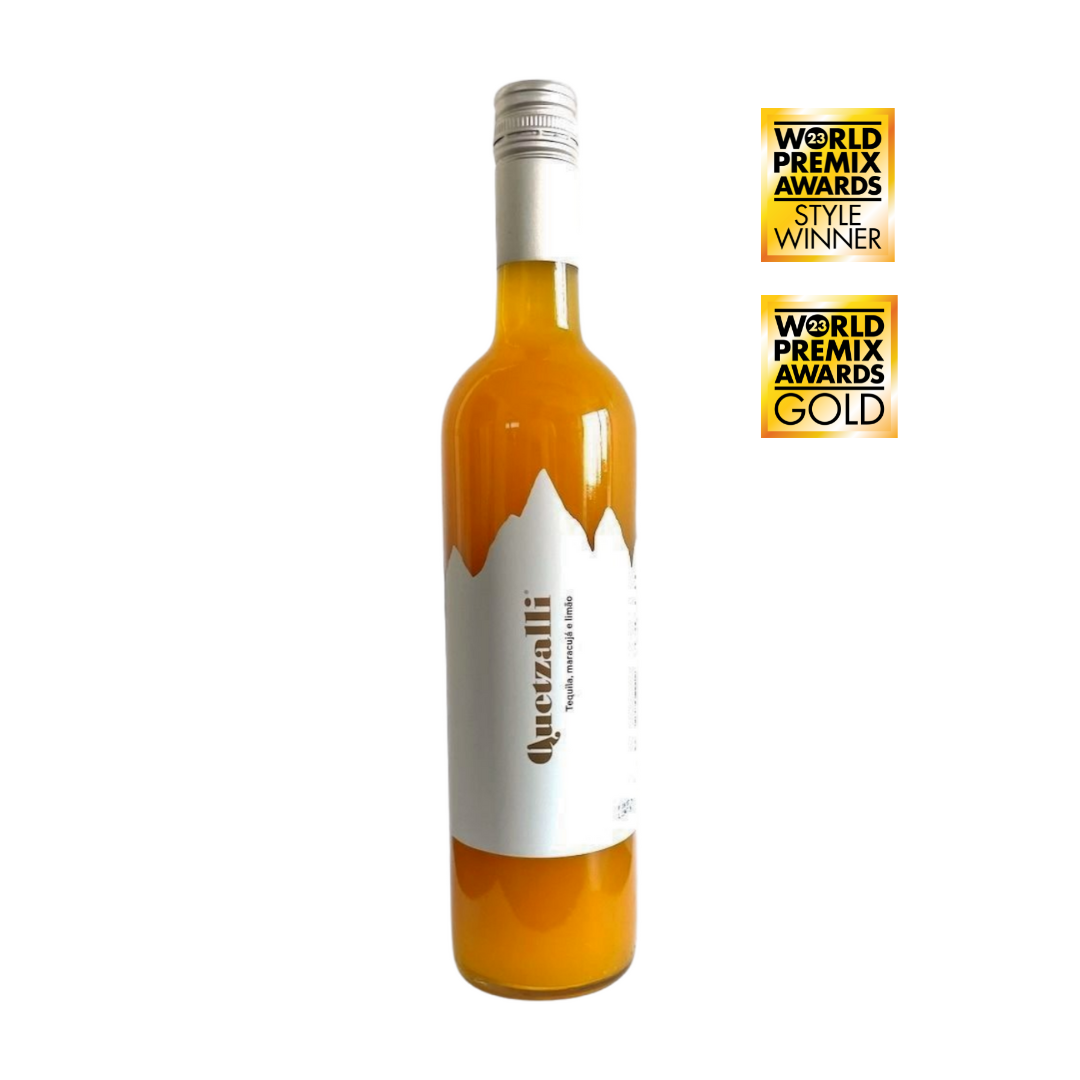



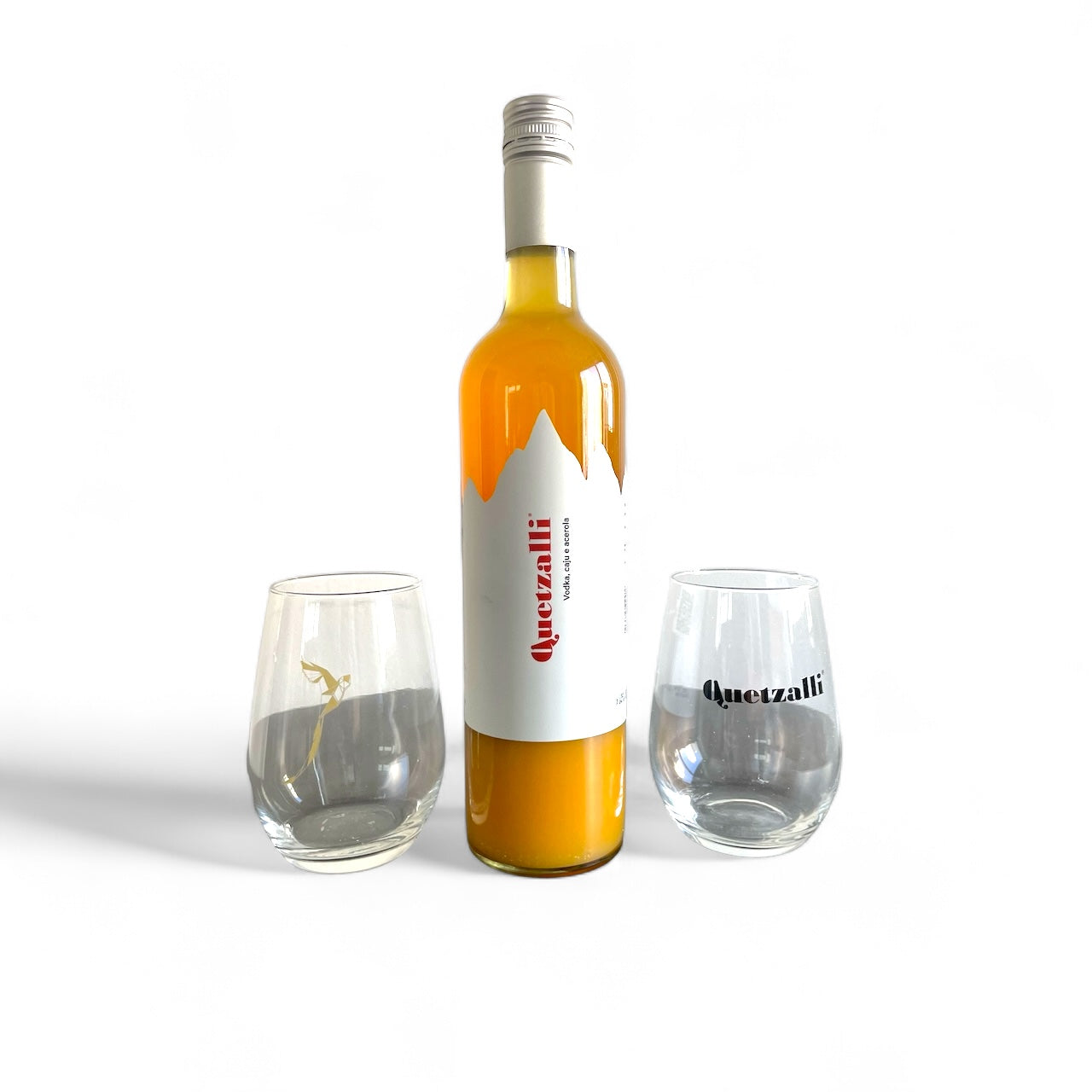
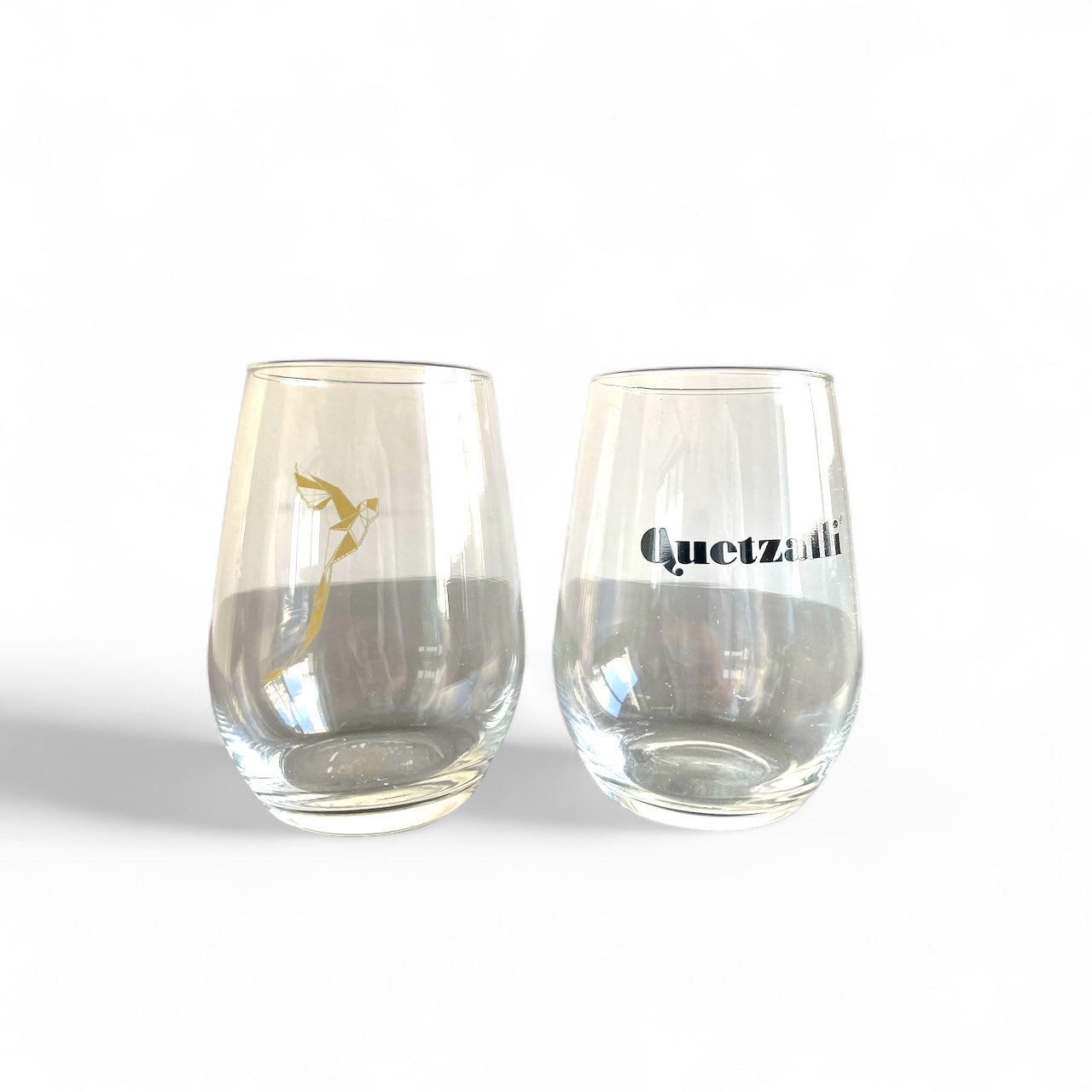
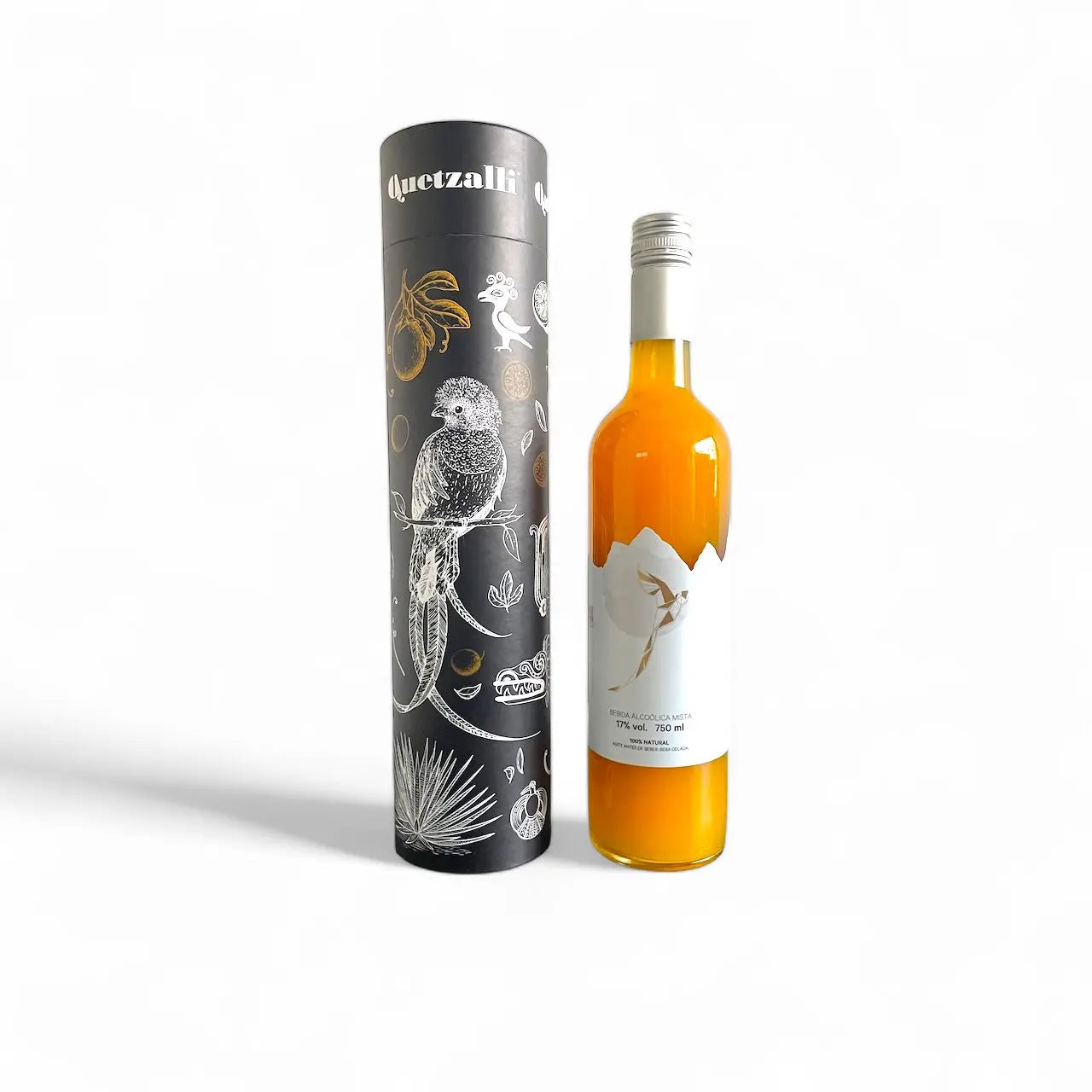
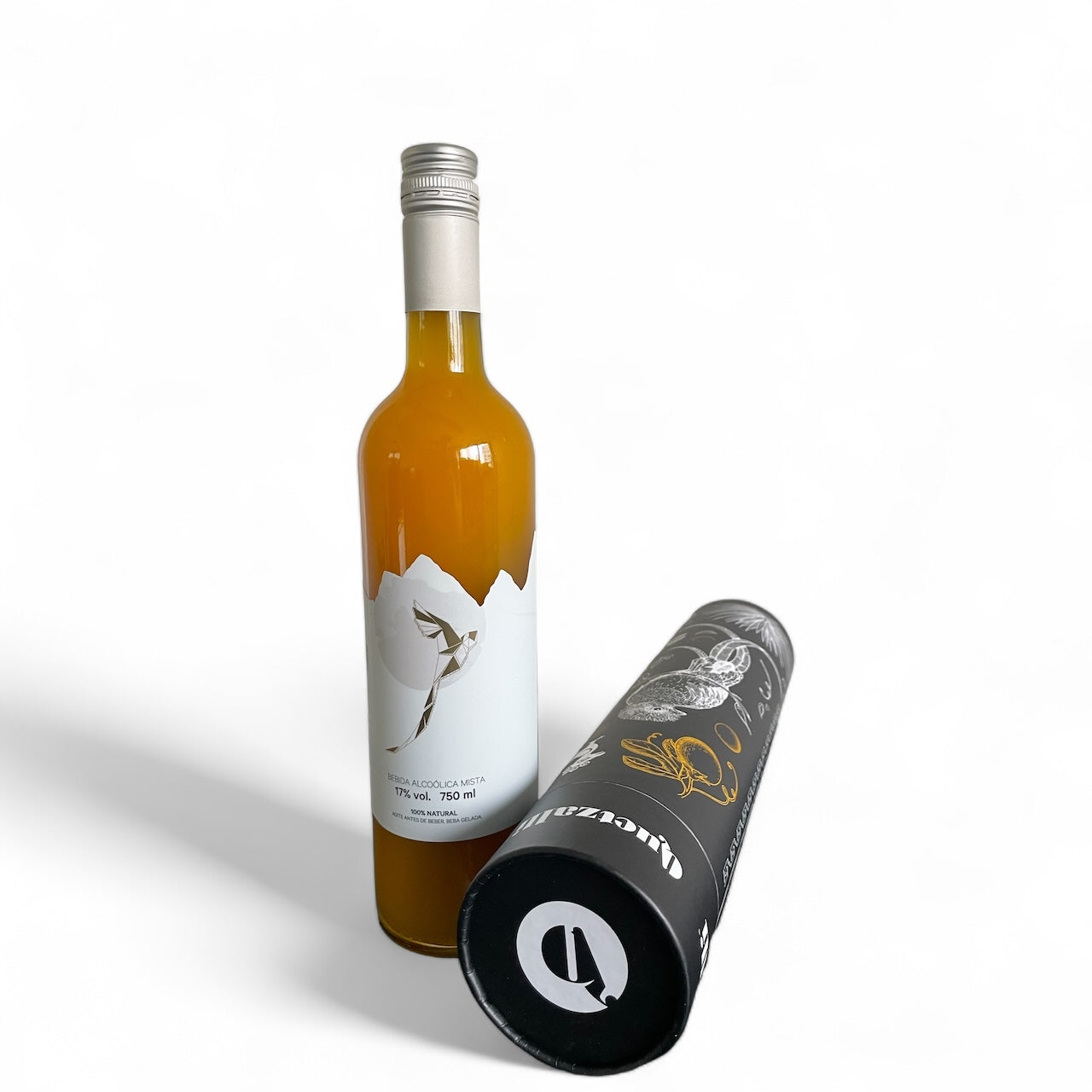
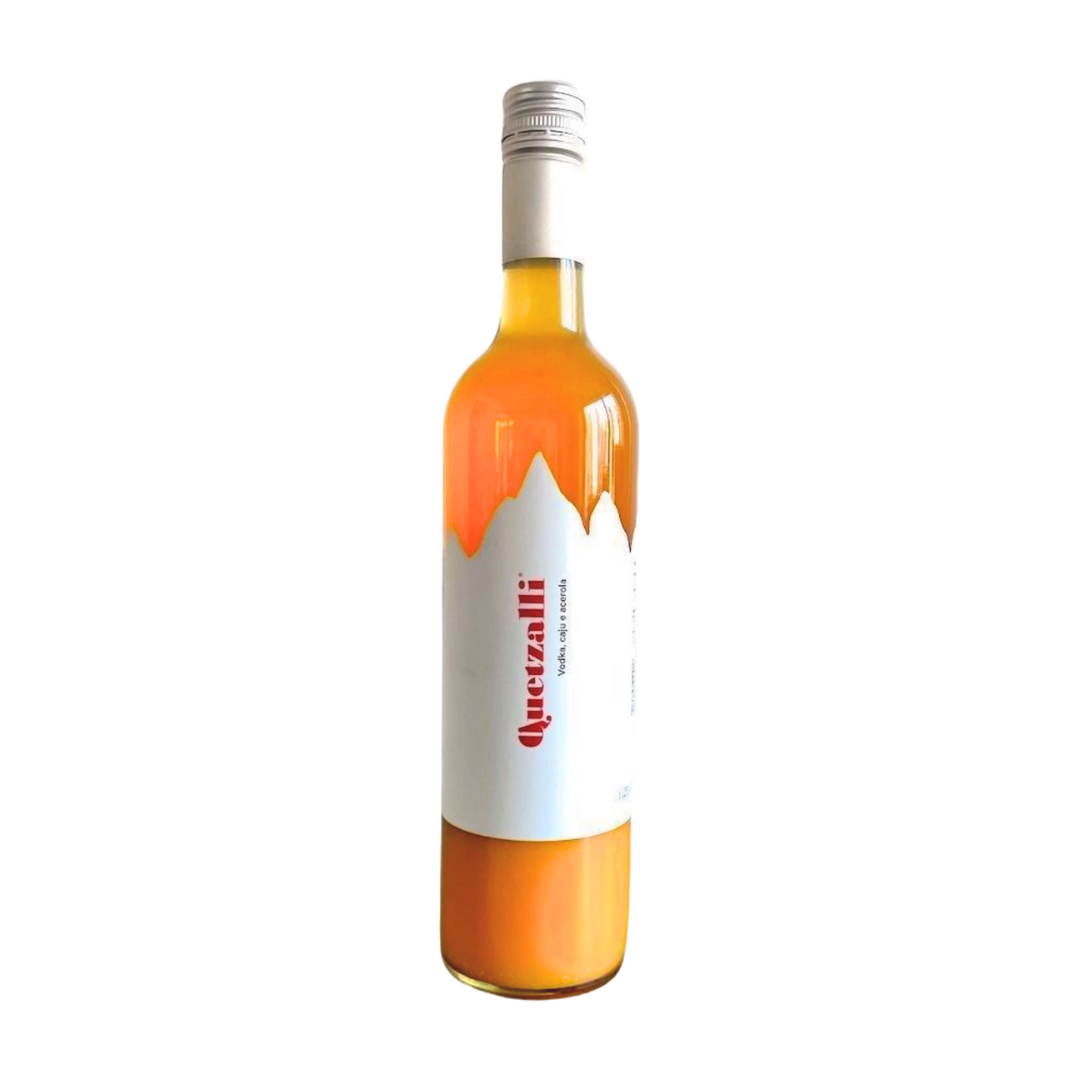

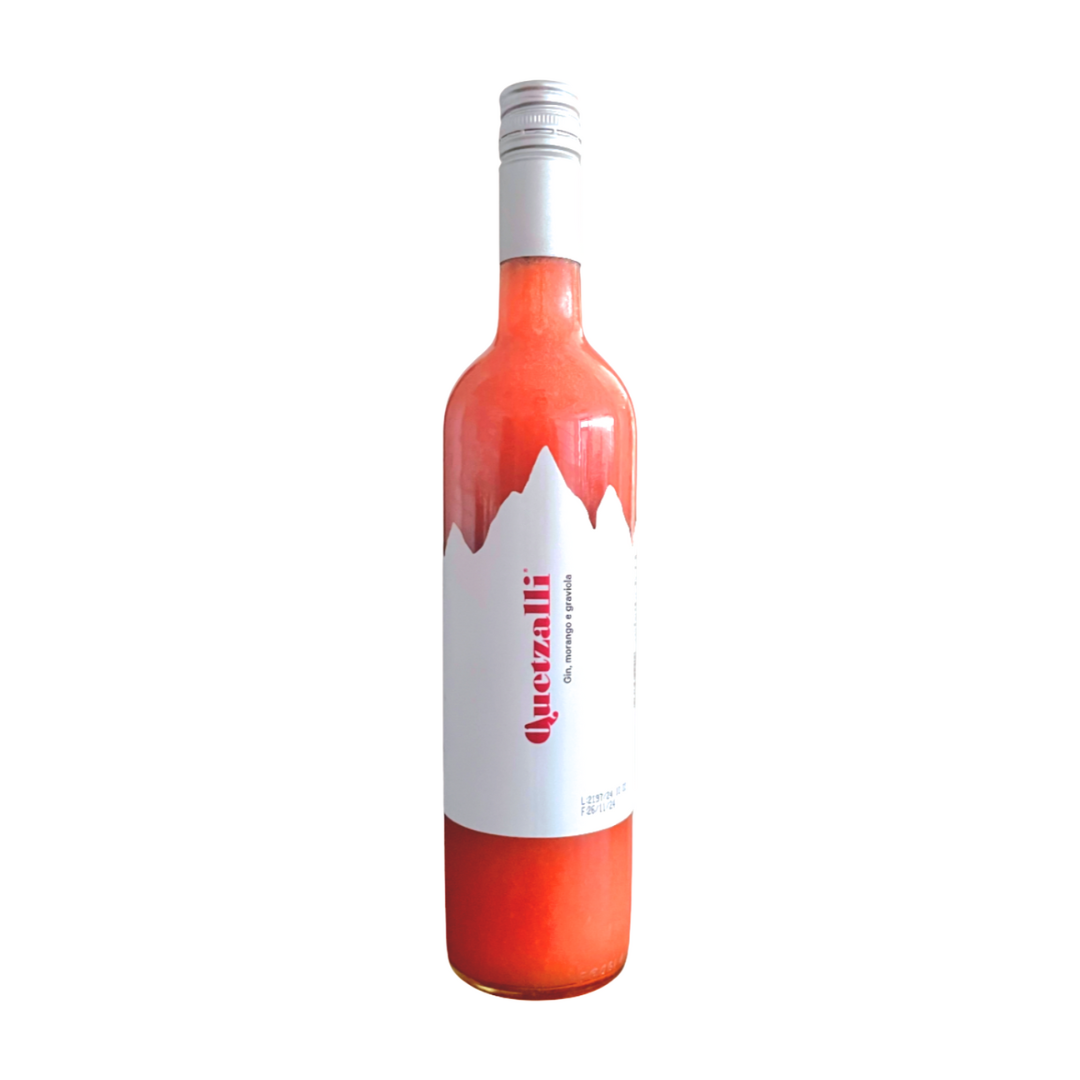

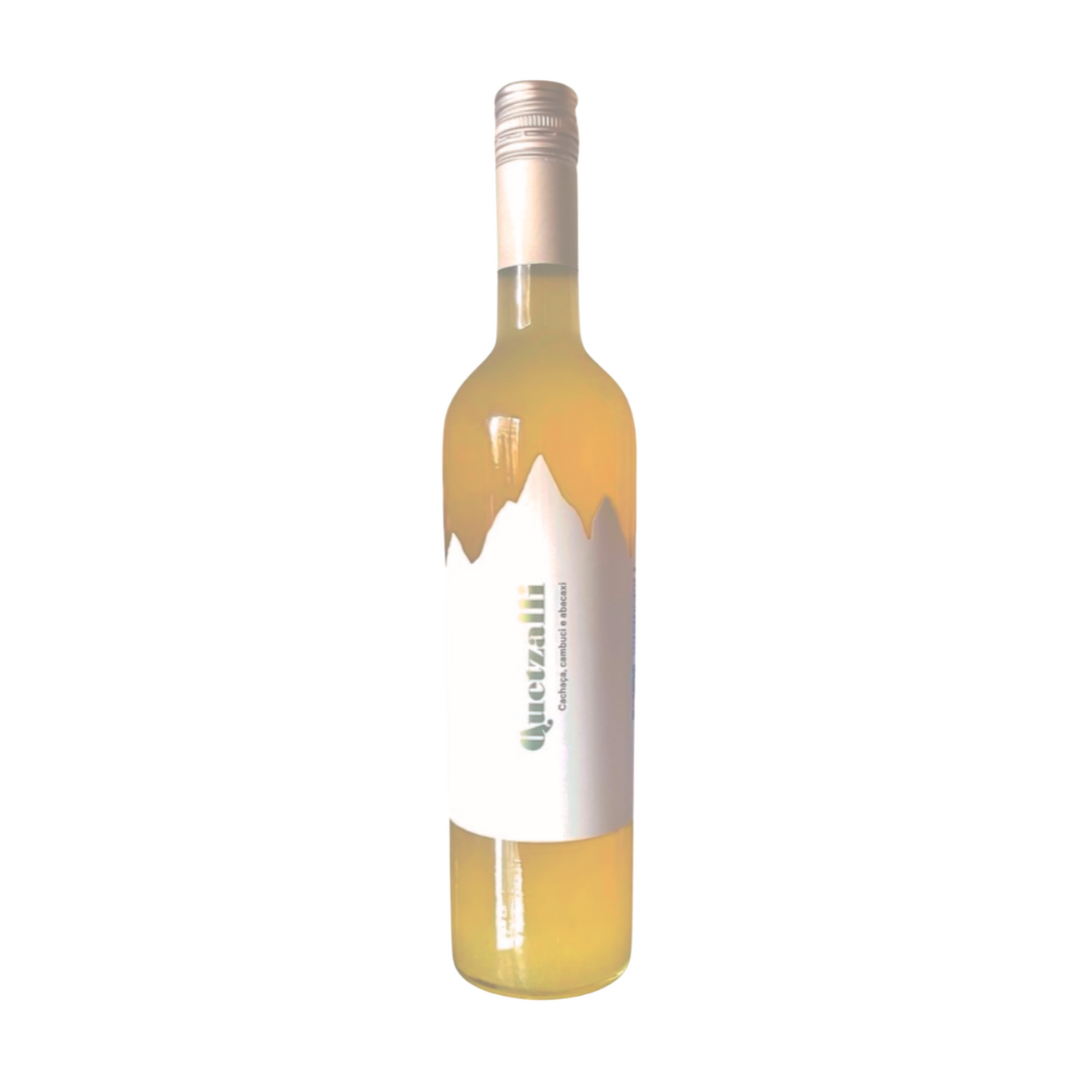

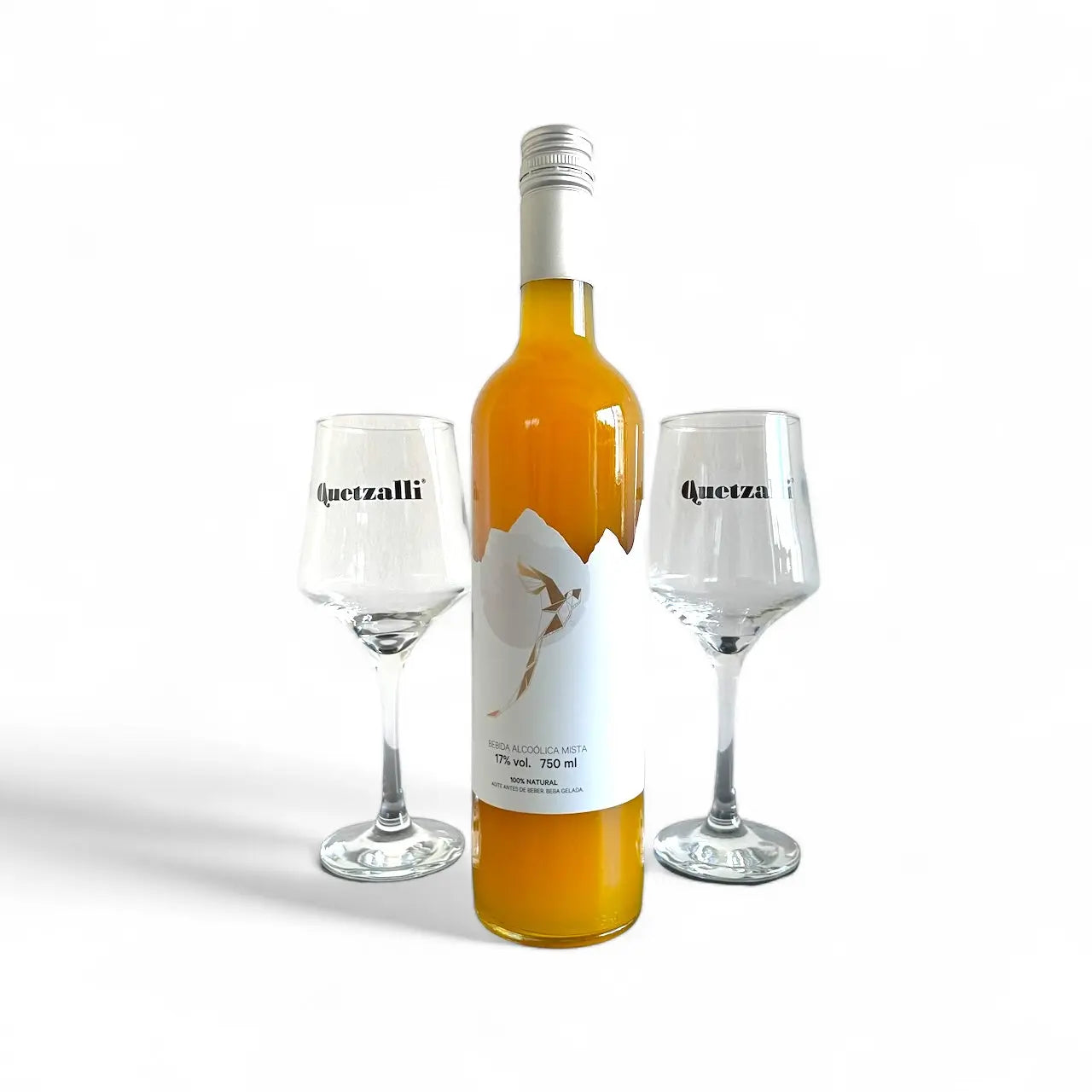

Faltou falar de uma bebida que vai muito bem com um Chopp, o tal do “steinhager”. Obrigado.